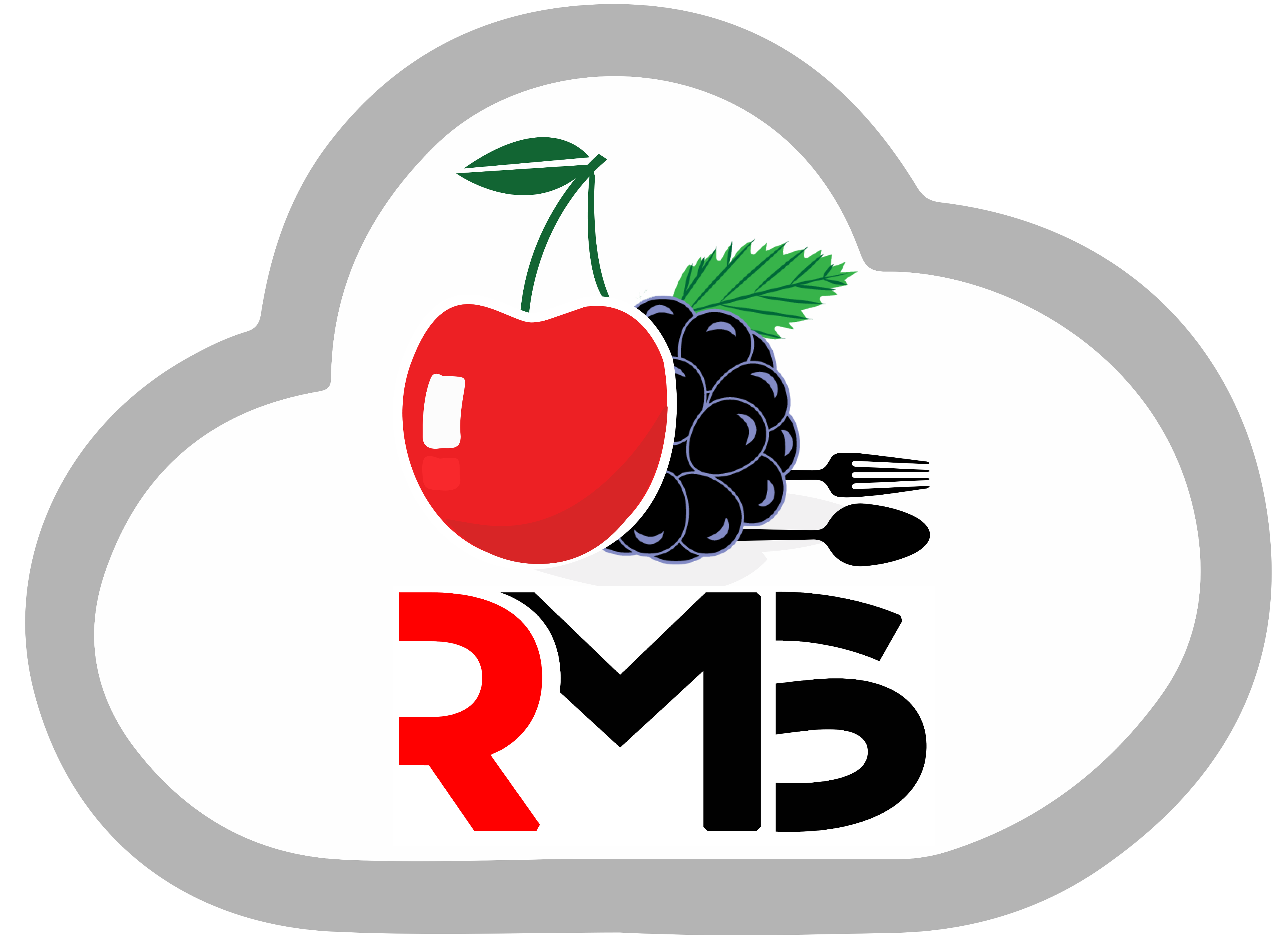
The Rise of Online Ordering Apps for Restaurants and Their Benefits
The onset of smartphones and mobile apps is transforming the restaurant industry. As consumers increasingly rely on the convenience of technology for daily tasks, mobile ordering, and payment capabilities are becoming pivotal to restaurant success. A distinct shift is underway from traditional dine-in and takeout experiences towards orders placed through branded apps or third-party delivery services. Savvy restaurateurs are adopting this trend not just to satiate customer demand, but also to reap tangible business advantages. The advantages include focusing on online ordering apps. CherryBerry RMS is one of the top web and app development companies in Lahore, Pakistan is provides services of online ordering apps for restaurants, if you have a restaurant, you can contact them.
Seamless Access and Ease of Ordering:
Online ordering apps allow customers the convenience of viewing menus, customizing orders, and payment processing on their devices effortlessly. Apps showcase vibrant photos of visually appealing dishes which tempt patrons far more than paper menus. Customers can take time browsing instead of holding up lines, toggle between sections, add special instructions, try different combinations, and modify quantities as needed before checkout.
Saving customer details and preferred orders makes re-ordering completely seamless. Integration with mobile wallets or saved credit card information enables one-touch rapid payments without having to re-enter details. With a few taps on their phones, customers can have their customized orders delivered to their homes or work. Such streamlined access and ease of use entice customers to order more frequently through the branded app than by calling or visiting the restaurant.
Improving Operational Efficiency in the Restaurant:
An online ordering system accessible through multiple devices helps restaurants improve in-house operations flow and efficiency. Employees can keep tabs on incoming orders in real-time through the connected devices. Early order information allows initiating prep well in advance during peak hours, avoiding bottlenecks from customers simultaneously coming in to pick up orders.
Kitchen staff efficiency improves when orders are labeled with customer names and requirements versus verbal communication through hectic service which increases chances for errors. Payments also complete ahead of time so front counter staff simply has to hand over orders. This faster table/counter turnover rate coupled with fewer errors allows restaurants to handle higher order volumes.
Increased Order Size and Customer Spending:
A major benefit of online ordering apps is the ability for restaurants to encourage customers to spend more per order. App-based ordering removes in-person judgment allowing customers the privacy to order more generously for themselves or groups without embarrassment.
Vibrant menus showcasing add-ons, combo deals, and upselling prompts greatly boost average order value as customers get tempted to try these suggestions. Strategic pop-up offers for extra side dishes or desserts for online payers also encourage larger basket sizes. Orders for delivery tend to be higher than takeout given the fixed delivery fee and minimum order requirements. Over time the ease of repeating larger orders breeds higher loyalty and revenues.
Access to Customer Behavior Data and Targeted Marketing:
Customer data is precious for restaurants to personalize experiences and drive repeat business. Online ordering apps for restaurants provide rich analytics on vital customer metrics. This includes order history, items purchased, order size fluctuations, frequency of orders, preferred delivery locations, and more predictive data like estimated re-order dates.
Through push notifications or tailored email marketing, restaurants can segment audiences and run targeted campaigns for miles promotions, happy hours, menu launches, and seasonal specials. Personalized recommendations based on order history increase engagement over blasts. Over months of accumulation, such data-driven campaigns bring in higher response rates and help boost sales.
Digital access to customer behavior data simply does not exist at such detailed levels in traditional ordering mechanisms. Building loyalty programs tied to app-generated data further incentivizes continuous ordering activity through the branded channel.
Conclusion:
Online ordering apps for restaurants are rapidly revolutionizing the restaurant business. Customers increasingly expect the convenience of technology integration in their dining experiences. Restaurateurs must embrace the change and provide apps that don’t just facilitate orders but also provide operational advantages, from higher customer frequency, and ticket sizes to data-driven marketing capabilities. As mobility penetrates deeper, restaurants need apps to engage customers, streamline processes, derive insights for innovation, and maintain a competitive edge. The customer and business gains will only compound year-over-year making apps mandatory digital allies.
